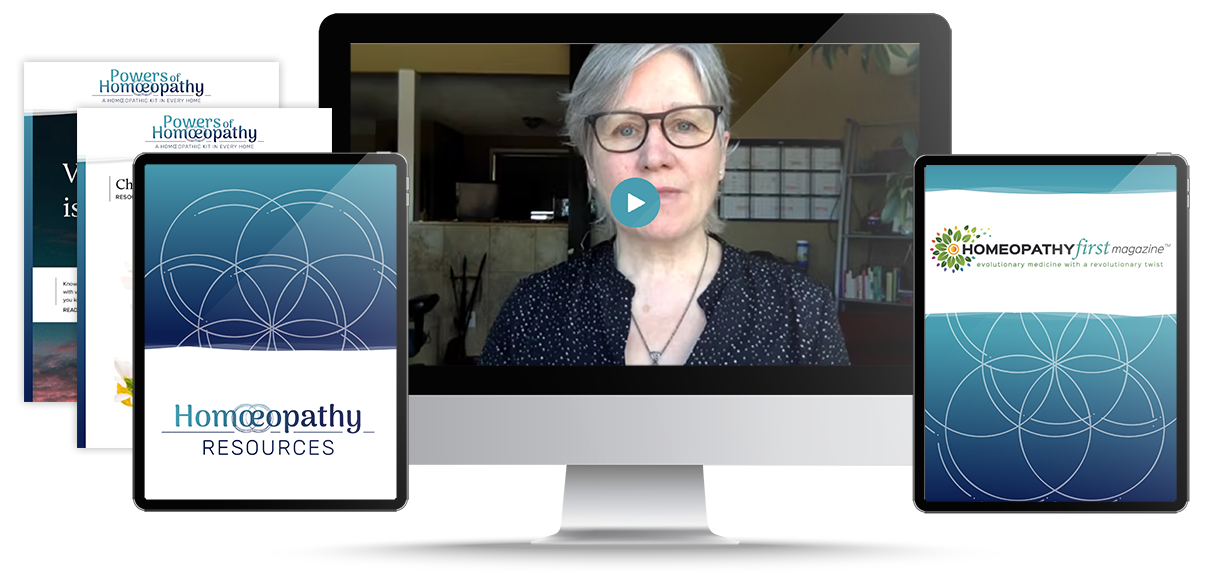Spring – the promise of new beginnings, earth warming, and the awaiting of the first rain. Air infused with the smell of rain and damp soil…aaahhhh. If I could sing like the robins, I would! Loudly!
In this part of the world, spring has arrived three weeks early. Let’s hope Mother Nature keeps up remarkable weather. Everyone is heading to the greenhouses already for their bedding plants but I have seen far too many snowfalls in May in Calgary to get that enthusiastic! I’ll plant seeds but bedding plants? Nope. But with the promise of green and growth I have gone through my seeds and here is something fun you can do with your kids or grandkids.
GROW A RAY OF SUNSHINE
 Time to scramble through all the old seed packets and rummage around for the Calendula or Pot Marigold (not the same as the ‘other’ Marigold from the Tagetes family…the great stinky companion plant that helps keep pests away from your tomatoes). This is the Pot Marigold from the Compositae family, home of Arnica and Chamomile and Thistle and Daisy and Aster and Sunflower. Quite a cheerful family really, although Chamomile in homeopathic preparation is known to help the most cantankerous of kids when teething!
Time to scramble through all the old seed packets and rummage around for the Calendula or Pot Marigold (not the same as the ‘other’ Marigold from the Tagetes family…the great stinky companion plant that helps keep pests away from your tomatoes). This is the Pot Marigold from the Compositae family, home of Arnica and Chamomile and Thistle and Daisy and Aster and Sunflower. Quite a cheerful family really, although Chamomile in homeopathic preparation is known to help the most cantankerous of kids when teething!
One way to bring an appreciation of the sun’s daylight rays is to plant a patch of Calendula. The rays and whorls of the flower head will bring to mind childlike drawings of the sun with all the bursting lines coming from the circle’s center.
An article from ‘Mrs. Homegrown’ at Root Simple will teach you how to plant and grow Calendula from seed. It’s a great little article, but quite frankly, Calendula is one of the easiest seeds to start outside. (I’ve had adults in uncensored moments comment on the ‘weeds’… If only they knew what healing properties are hidden in this bountiful plant!)
Planting Calendula from seed is a GREAT kid project. You will get beautiful flowers all summer and well into the fall, and they make cheerful bouquets that are just what every kid loves. Add some blue Bachelor’s Buttons (another Compositae family member) and you have a colour combo worthy of any artist’s palette.
If you want more details on planting the seeds, you can refer to the article from ‘Mrs. Homegrown.’ Or…live dangerously and let your kids drop the seeds into the dirt! They will be dancing when the first green sprouts poke their leaves through.
From ‘Mrs. Homegrown’ at Root Simple – Planting Calendula:
http://www.rootsimple.com/2011/02/why-not-plant-some-calendula/
HARVESTING AND DRYING CALENDULA
If you can convince your kids to part with their bouquets or at least leave you some blooms, one of the other projects you can do is dry the Calendula petals. Unlike the simplicity of the seed planting, the petal drying is much more labour intensive. Or for those less inclined in the DIY realm, you can buy Calendula petals in bulk from your local or online herbalist or at your favorite health food store. And yes, I buy my Calendula petals. Maybe when I get my herb-drying shed built I will dry my own…ha! Not very likely…the shed or the petal drying part.
Nonetheless, if you’d like to give it a try, ‘Mrs. Homegrown’ has some tips on harvesting and drying your own Calendula petals.
From ‘Mrs. Homegrown’ at Root Simple – Harvesting and Drying Calendula:
http://www.rootsimple.com/2011/03/harvesting-and-drying-calendula/
There is a good reason for drying (or buying) the petals: you can make your own Calendula herbal tincture or oil infusion in the fall! Yes…you could buy something like Burt’s Bees cream or balm, but just think of all those folks on your Christmas list! A homemade gift. What’s not to love about that? The balm that I make has been a hit (when I do make it), and there’s been some decent feedback on its healing properties for cuts, scrapes, stings, burns, and even with some kids who struggle with rashy/itchy skin.
In the fall, I’ll share with you the recipe for the balm I make, but in the meantime, take some photos of you and your kids planting and harvesting your Calendula crop. I’d love to hear from you!
FROM HERBAL TO HOMEOPATHY
Bear with me now while I don my ‘homeopath’s hat.’ As a homeopath I sometimes have occasion to use herbal tinctures like Calendula. It is sold in Canada with the label Calendula MT (mother tincture). Calendula is a handy tincture to have on hand in your home kit along with some basic homeopathic remedies.
An herbal tincture is the liquid you get when you put plants/petals in an alcohol base and let the mixture sit and infuse. Here is a great link that goes into some detail about the difference between a tincture and an extract.
Tinctures are the base for the homeopathic pharmaceutical process of dilution and succussion (shaking) or trituration (grinding). Every homeopathic remedy has its beginnings as a mother tincture liquid or as a tiny amount of substance ground with milk sugar. (Here is a YouTube video that describes the process.)
Calendula as an herbal tincture has many uses, but homeopathic or potentized Calendula has an even more complete picture that touches the mental/emotional level of a person. Such is the nature of a potentized homeopathic remedy. This is the difference between herbals and homeopathic remedies. Where herbals can interact with prescription medicines, homeopathy does not. Because a homeopathic remedy goes through a dilution process, this is what makes it non-toxic; the amount of original substance is minute and at the higher dilutions, no trace is left, only the energy of the substance remains. Homeopathy is sustainable; only a very small amount of a substance is needed to begin the process of succussion and trituration.
In a pinch, you could even make your own homeopathic remedy, but trust me, if you thought pulling Calendula petals off flowers for drying was labour intensive, try making a homeopathic remedy! Block off a substantial amount of time!
RESOURCES
Dr. Dorothy Shepherd’s book A Physician’s Posy is a delightful combination of plant descriptions and homeopathic uses for the plant.
Homeopathy First Magazine has some downloadable colouring pages for kids (and grown-ups too!) with some great information on the Daisy family of homeopathic remedies.
Happy Spring!
Yours in health and healing,
Donna




